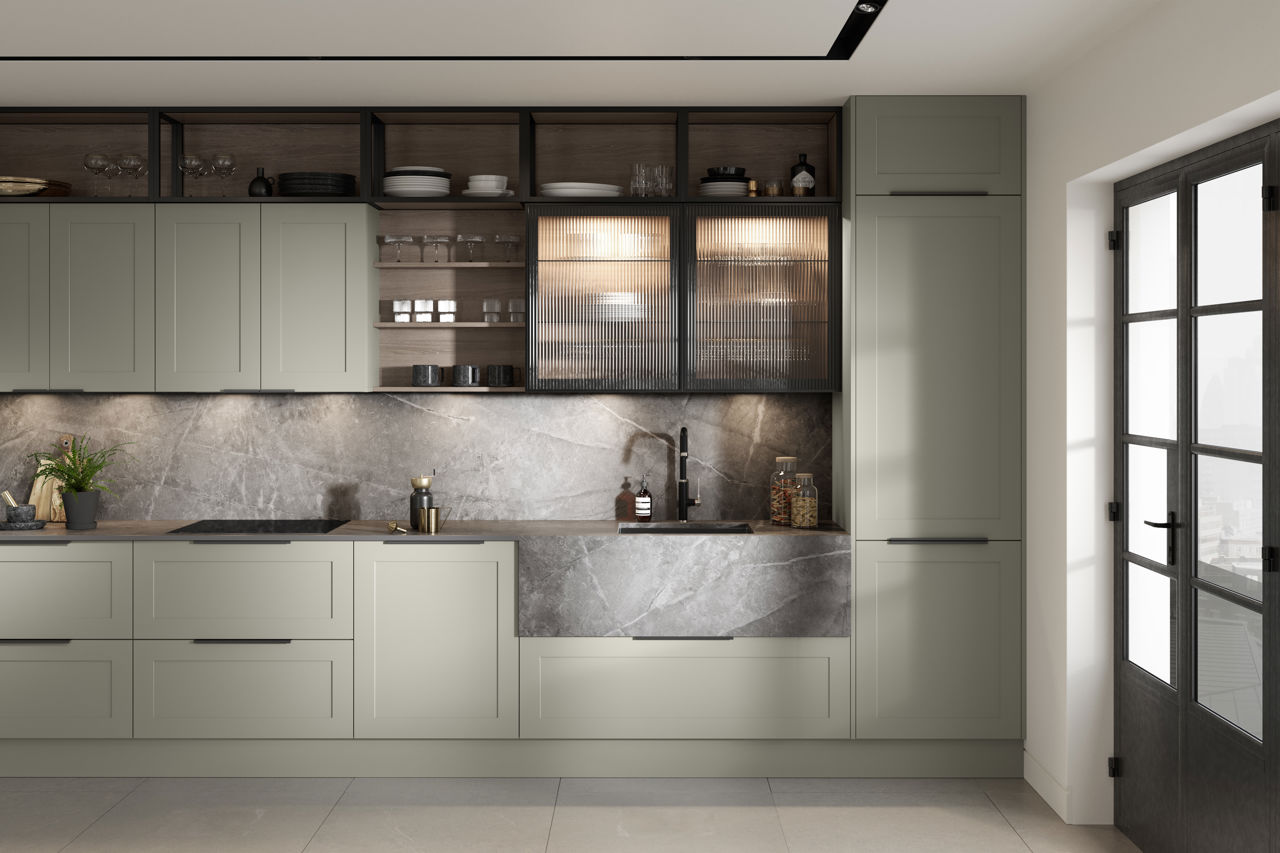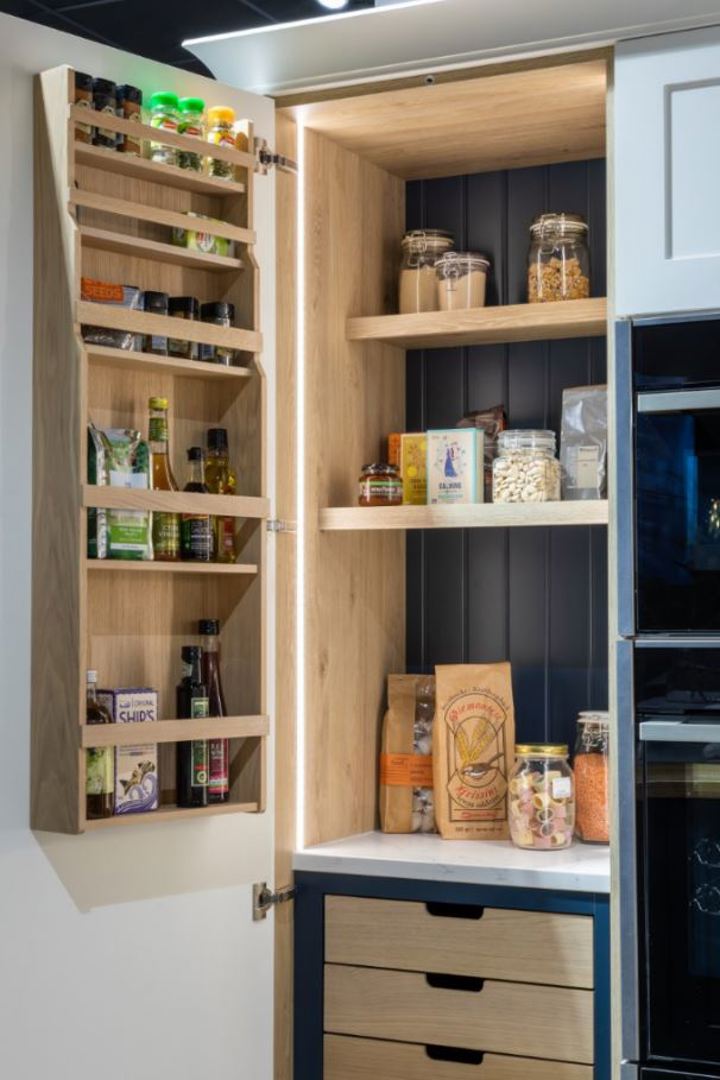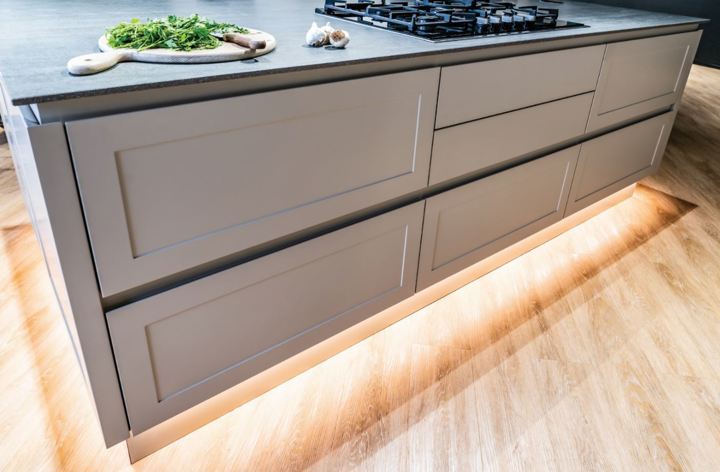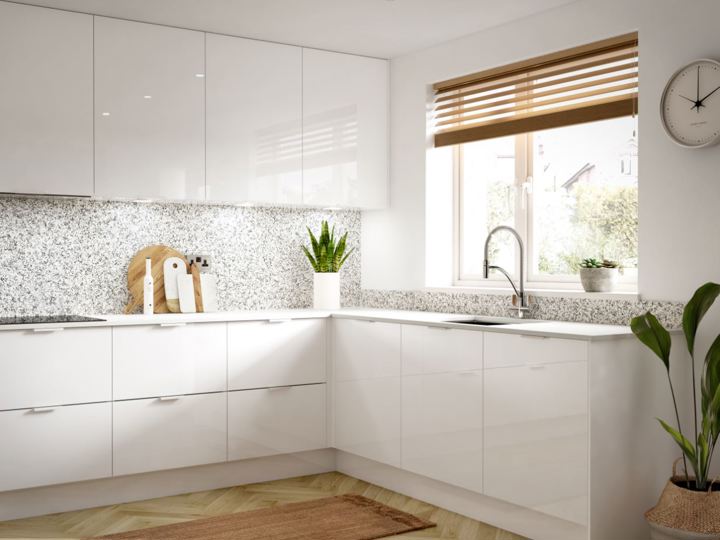Lighting is no longer just a kitchen accessory, it’s a necessity, offering benefits for both the practicality and aesthetic appeal of your kitchen design.
Effective lighting can not only help to make your space feel lighter and brighter, it can also be cleverly used to make a room appear bigger, can be manipulated to draw attention to focal features, and can illuminate a frequently used workspace.
It’s vital to organise your tailored lighting plan in the early stages of your kitchen design, as all electrics and fittings need to be in place before any plastering, decorating, and installation of your kitchen can take place.
Our Second Nature designers are there to help you make those all-important lighting choices- but if you’re looking for inspiration at the moment, here are some of the key lighting options you should consider before making your decisions.


.jpg?width=720&token=%2BH5Uw%2BUCHvswt%2FX8T38OE8M71zZp0IuVDXbRARl8Pw4%3D)





